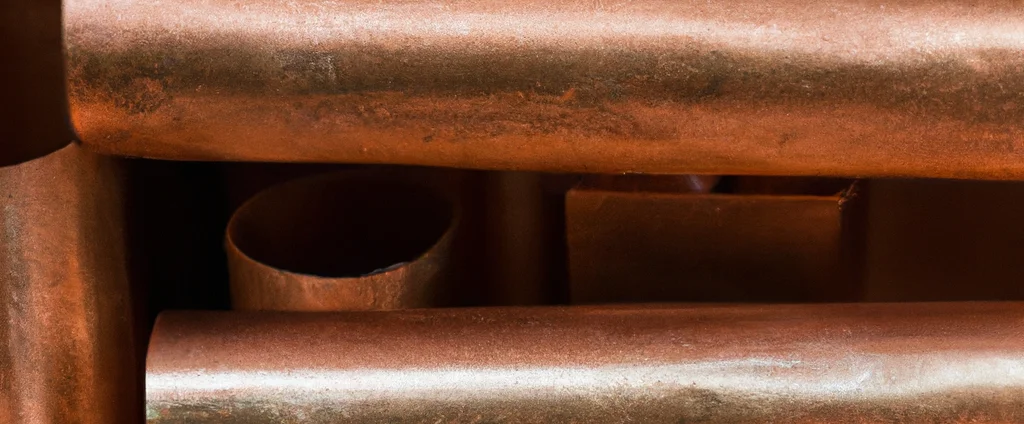Aluminium Bronze (UNS C61300)

Aluminum bronze C61300 is a copper-based alloy prized for its exceptional strength, corrosion resistance, and wear resistance. Ideal for marine, aerospace, and industrial applications, it combines high mechanical performance with excellent thermal and electrical conductivity.
| Chemical Composition | ||
|---|---|---|
| Element | Min | Max |
| Copper | 88.5% | 91.5% |
| Aluminium | 6.0% | 7.5% |
| Iron | 2.0% | 3.0% |
| Lead | —— | 0.01% |
| Manganese | —— | 0.01% |
| Nickel | —— | 0.15% |
| Phosphorus | —— | 0.015% |
| Silicon | —— | 0.1% |
| Tin | 0.2% | 0.5% |
| Zinc | —— | 0.1% |
The following table provides a list of aluminium bronze C61300 properties in both SI and US customary/Imperial units.
Click on the button to switch between Metric and Imperial units.
| Physical Properties | Metric |
|---|---|
| Density | 7900 kg/m3 |
| Mechanical Properties | Metric |
| Tensile Strength | 500 - 580 MPa |
| Yield Strength | 210 - 310 MPa |
| Shear Strength | 340 - 390 MPa |
| Young’s Modulus (E) | 117 GPa |
| Shear Modulus (G) | 44 GPa |
| Elongation at Break | 35 - 40% |
| Poisson’s Ratio (ν) | 0.34 |
| Thermal Properties | Metric |
| Melting Point | 1041 - 1046 °C |
| Thermal Conductivity | 55 W/m·K |
| Specific Heat Capacity (Cp) | 377 J/kg·K |
| Coefficient of Thermal Expansion (αL) | 1.62×10-5 1/°C |
| Electrical Properties | Metric |
| Electrical Conductivity | 6.96×107 S/m |
| Electrical Resistivity | 1.43×10-7 Ω·m |
The values in this table are approximate and can vary depending on various factors such as the specific manufacturing process and heat treatment applied to the alloy.
Advantages & Disadvantages of Aluminium Bronze C61300
| Advantages | Disadvantages |
|---|---|
| High strength | High cost |
| Corrosion resistance | Limited availability |
| Excellent wear resistance | Sensitive to certain environments |
| Good machinability |
Applications of Aluminium Bronze C61300
Aluminum bronze C61300 finds a wide range of applications across various industries due to its desirable properties, including:
- Marine and Offshore: The excellent corrosion resistance makes it suitable for marine applications, such as propellers, ship fittings, valve components, and underwater fasteners. It can withstand the harsh conditions of seawater, including corrosion and biofouling.
- Aerospace: Used in the aerospace industry for components that require high strength, wear resistance, and corrosion resistance. It finds application in aircraft bushings, bearings, gears, fasteners, and other critical parts.
- Oil and Gas: The corrosion resistance and high strength make it suitable for oil and gas industry applications. It is used for valve components, pump parts, pipe fittings, and various equipment that comes into contact with aggressive fluids.
- Electrical Connectors: With good electrical conductivity, it is suitable for electrical connectors and terminals. Used in electrical connectors, plugs, sockets, and other electrical components where conductivity and corrosion resistance are required.
- Industrial Machinery: Due to its high strength, wear resistance, and corrosion resistance, it is utilized in heavy-duty machinery applications. It finds use in gears, shafts, valve stems, bearings, and other components subjected to high loads and friction.
- Heat Exchangers: The good thermal conductivity and corrosion resistance make it suitable for heat exchanger applications. It is used in the manufacturing of heat exchanger tubes, plates, and other components that require efficient heat transfer and resistance to corrosion.
